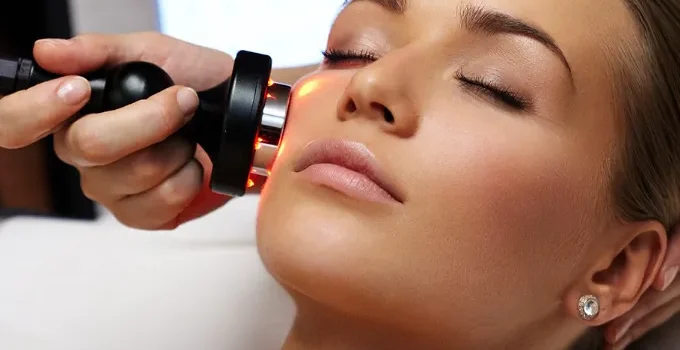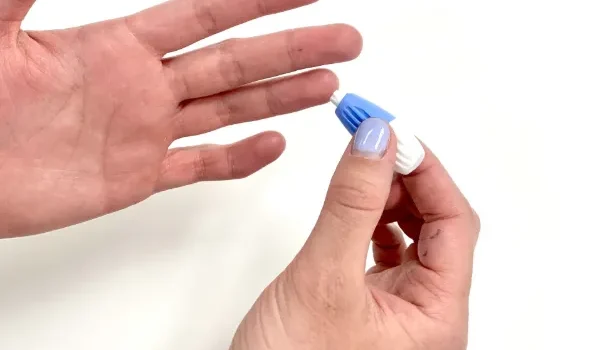
If you’re looking for a way to transform your skin, it might be time to explore the benefits of ceramide serum. Ceramides are naturally occurring lipids that are a vital component of the skin barrier. They help lock in moisture, protect the skin from environmental stressors, and can significantly enhance your skincare routine. By incorporating ceramide serum into your daily regimen, you can enjoy smoother, healthier, and more radiant skin.
What Are Ceramides and Why Are They Important?
Ceramides are fatty molecules that serve as the building blocks of your skin’s outer layer. These lipids are essential for maintaining a strong skin barrier, preventing moisture loss, and keeping harmful external elements at bay. Ceramide serum is especially beneficial for those with dry or sensitive skin, as it helps replenish lost moisture and reduce irritation. Regular use can significantly improve the texture and hydration of your skin, giving it a smoother, more youthful appearance.
How Does Ceramide Serum Work?
Ceramide serum is effective because it helps restore the skin’s lipid barrier, which can weaken due to environmental damage or aging. When applied, the serum penetrates the skin, replenishing ceramides and boosting moisture levels. This process nurtures the skin, improving its texture, elasticity, and overall vitality. For individuals dealing with conditions like eczema or psoriasis, ceramide serum can be a game-changer, offering deep hydration and relief from dryness and irritation.
Choosing the Right Ceramide Serum
With so many ceramide serums available, it can be difficult to choose the right one for your skin. Look for a serum that contains a high concentration of ceramides along with other beneficial ingredients like hyaluronic acid, glycerin, and niacinamide. These additional ingredients can further enhance hydration and promote skin repair. Be sure to select a serum from a reputable brand known for high-quality, skin-friendly formulations to ensure you’re getting the best results.
How to Add Ceramide Serum to Your Routine
Incorporating ceramide serum into your daily skincare routine is easy and effective. Begin by cleansing your face with a gentle cleanser suited to your skin type. After cleansing, apply a few drops of ceramide serum to your fingertips and gently massage it into your face and neck. Follow up with your favorite moisturizer to lock in the serum’s hydrating effects. Using ceramide serum both morning and night will help you see visible improvements in your skin’s texture and hydration.
Conclusion: Embrace Healthier, Hydrated Skin
Adding ceramide serum to your skincare routine can be the key to unlocking healthier, more resilient skin. With consistent use, you’ll notice improvements in hydration, texture, and overall skin appearance. Be sure to consult with a dermatologist before making significant changes to your skincare routine to ensure that the serum is right for your skin type and needs.



















